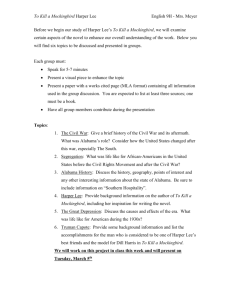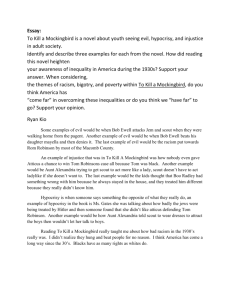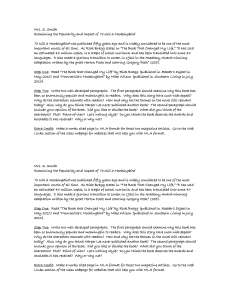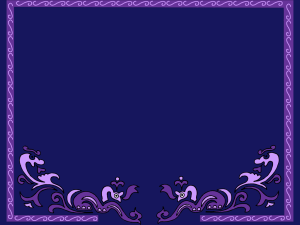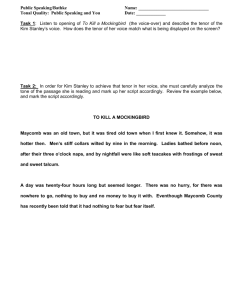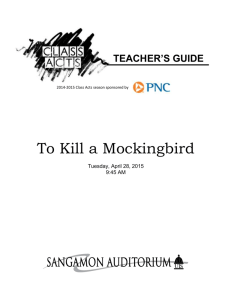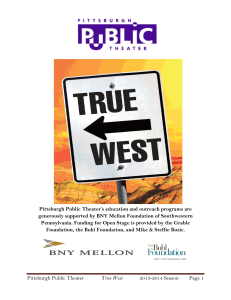To Kill a Mockingbird - Brave New World Repertory Theatre
advertisement
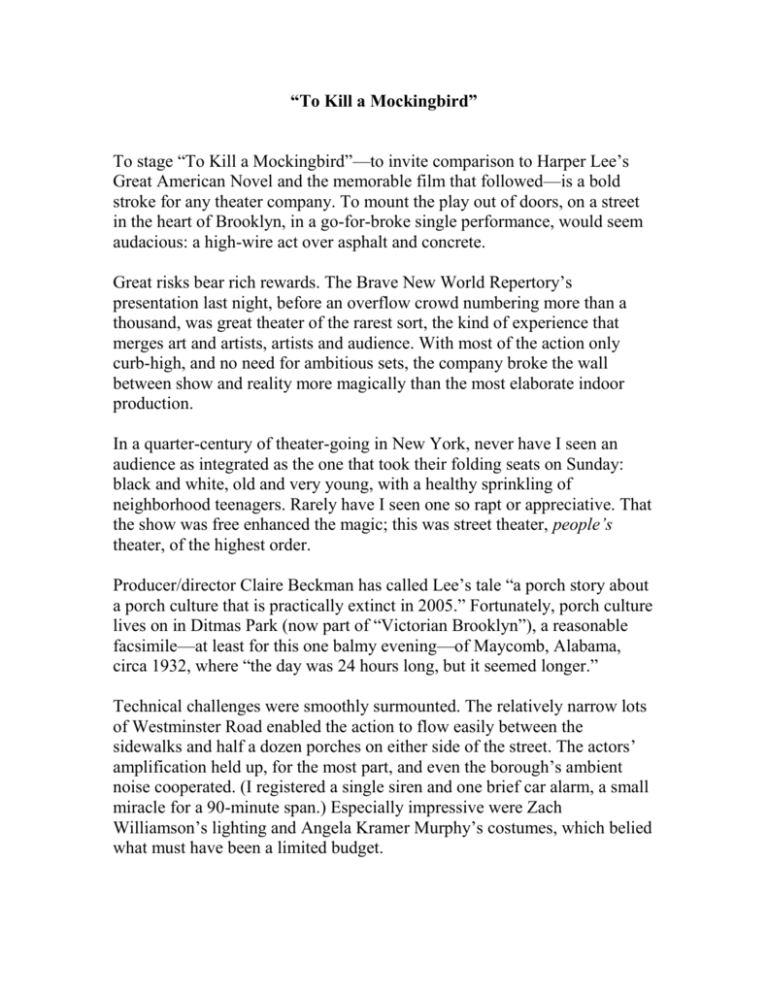
“To Kill a Mockingbird” To stage “To Kill a Mockingbird”—to invite comparison to Harper Lee’s Great American Novel and the memorable film that followed—is a bold stroke for any theater company. To mount the play out of doors, on a street in the heart of Brooklyn, in a go-for-broke single performance, would seem audacious: a high-wire act over asphalt and concrete. Great risks bear rich rewards. The Brave New World Repertory’s presentation last night, before an overflow crowd numbering more than a thousand, was great theater of the rarest sort, the kind of experience that merges art and artists, artists and audience. With most of the action only curb-high, and no need for ambitious sets, the company broke the wall between show and reality more magically than the most elaborate indoor production. In a quarter-century of theater-going in New York, never have I seen an audience as integrated as the one that took their folding seats on Sunday: black and white, old and very young, with a healthy sprinkling of neighborhood teenagers. Rarely have I seen one so rapt or appreciative. That the show was free enhanced the magic; this was street theater, people’s theater, of the highest order. Producer/director Claire Beckman has called Lee’s tale “a porch story about a porch culture that is practically extinct in 2005.” Fortunately, porch culture lives on in Ditmas Park (now part of “Victorian Brooklyn”), a reasonable facsimile—at least for this one balmy evening—of Maycomb, Alabama, circa 1932, where “the day was 24 hours long, but it seemed longer.” Technical challenges were smoothly surmounted. The relatively narrow lots of Westminster Road enabled the action to flow easily between the sidewalks and half a dozen porches on either side of the street. The actors’ amplification held up, for the most part, and even the borough’s ambient noise cooperated. (I registered a single siren and one brief car alarm, a small miracle for a 90-minute span.) Especially impressive were Zach Williamson’s lighting and Angela Kramer Murphy’s costumes, which belied what must have been a limited budget. The cast, anchored by a number of Off-Broadway veterans, served as a powerful reminder of how much talent resides in Brooklyn these days. “Mockingbird” lives or dies with its Atticus Finch, a role made indelible by Gregory Peck in his Oscar-winning film turn. Ezra Barnes inhabited Atticus with a pitch-perfect blend of decency and decorum, strength and constraint; he revealed a man who was unyielding but never unfeeling. In her professional stage debut, Taylor Morgan played an endearingly natural Scout, from her period bangs and overalls to her unquenchable curiosity. Other standouts included Claire Beckman as the nostalgic narrator, Jean Louise (the grown-up Scout); Doug Barron as the gruffly soft-hearted sheriff, Heck Tate; John E. Morgan as the vicious and apoplectic racist, Bob Ewell; and Damon Pooser as the tragically doomed Tom Robinson. Harper Lee’s one and only book was inspired by the case of the Scottsboro Boys, who were jailed in Alabama on a bogus rape charge when Lee was a young child. “Mockingbird” was published in 1961, the midpoint between the martyrdom of Emmett Till and the assassination of Martin Luther King, Jr. In the wake of the deadly racism that recently swirled about Hurricane Katrina, the story seems as relevant as ever. We owe Brave New World Repertory a debt for reviving it. September 2005 Jeff Coplon is a free-lance writer living in Brooklyn. His work has been published in The New Yorker, The New York Times Magazine, New York, and Rolling Stone. He has also co-written a dozen autobiographies, including New York Times best-sellers with Tina Sinatra, Capt. Scott O'Grady, and Sarah, Duchess of York. 2

